16 December 2024
![]() 4 mins Read
4 mins Read
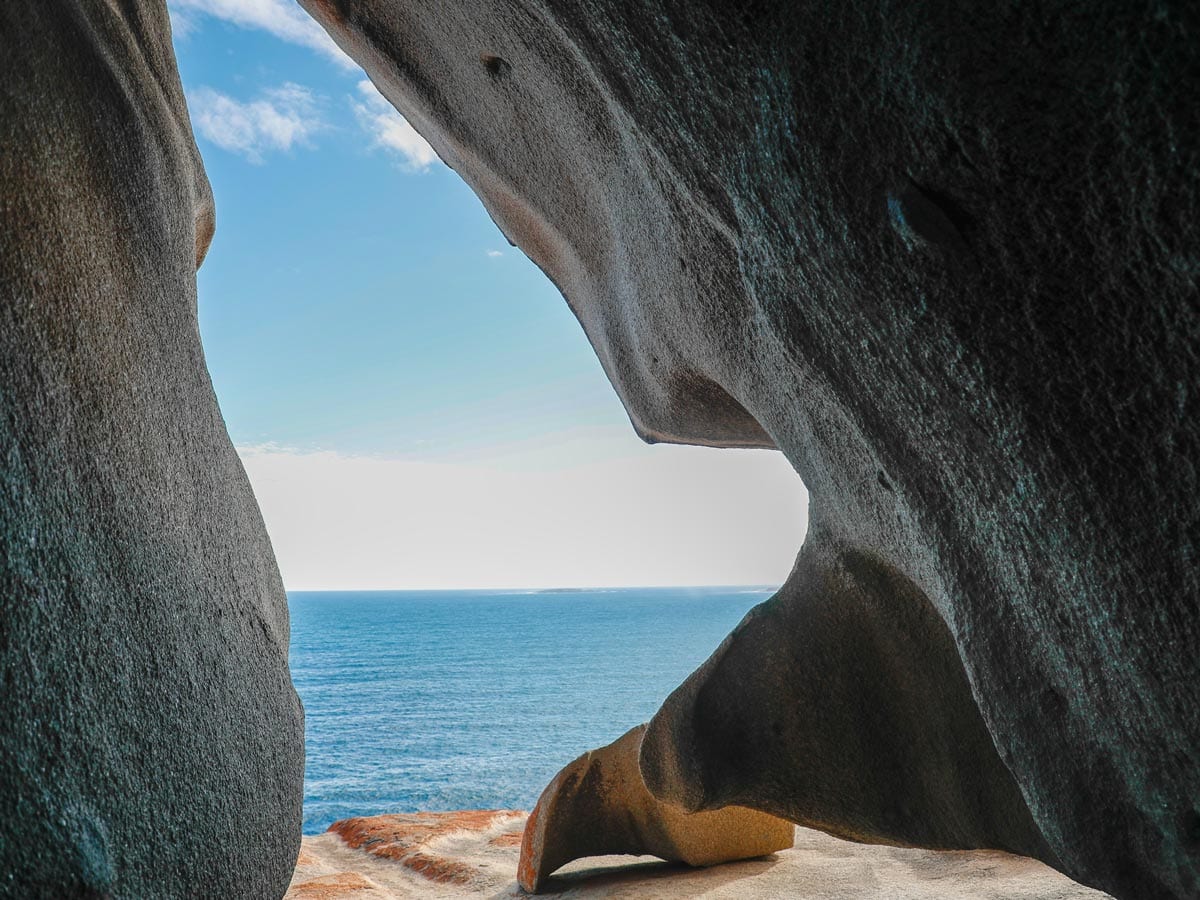
It’s only 150 kilometres long, yet Kangaroo Island is home to arguably the densest and most varied menagerie of wildlife in Australia. Its landscape is so diverse you won’t believe that all of this can be crammed onto one island. And it’s also crammed full of some weird and wonderful facts.
KI is seven times the size of Singapore at 4400km2. At its narrowest point, it’s just 900m wide.
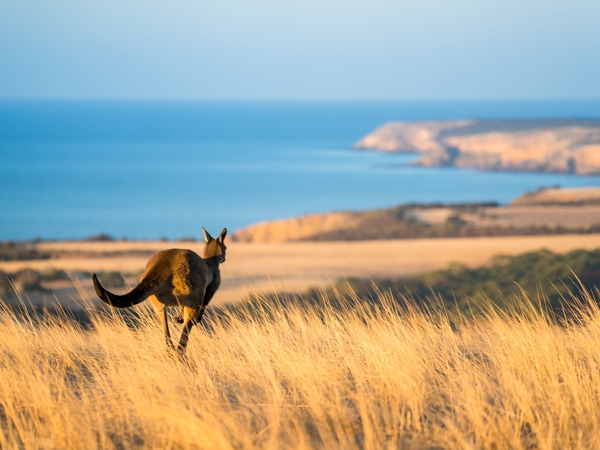
Kangaroo Island is bigger than Singapore. (Image: Ben Goode)
Flinders Chase National Park was established in 1919, “as a bit of a sanctuary for those suffering from ‘brain fag’”, according to the park’s founding father Samuel Dixon. Brain fag is a type of mental fatigue, in case you were wondering.
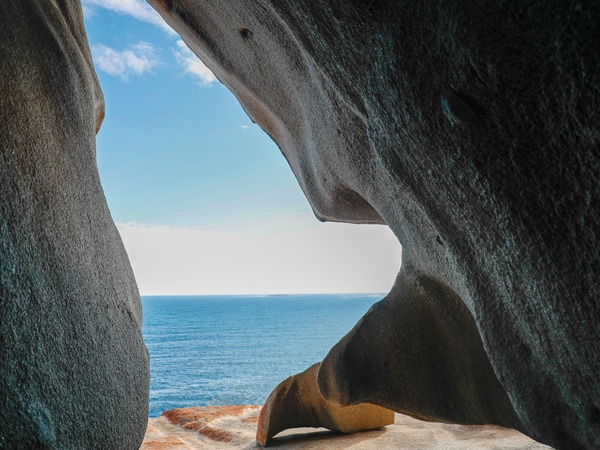
Remarkable Rocks are in Flinders Chase National Park. (Image: Elliot Grafton)
The kangaroos on KI are slightly different from the mainland ones. They have longer fur and are darker in colour, having been separated from their mainland family for approximately 10,000 years.
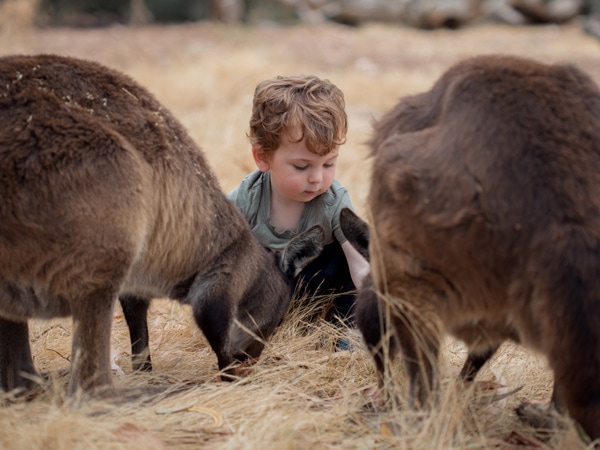
The kangaroos here have longer, darker fur. (Image: Alana Jayne Elgazzar)
The Remarkable Rocks sit on Kirkpatrick Point, named after an 1899 shipwreck survivor. The term is from an original chart that described some “remarkable rocks”. Today we know that they are around 500 million years old and shaped by rain, wind and waves.
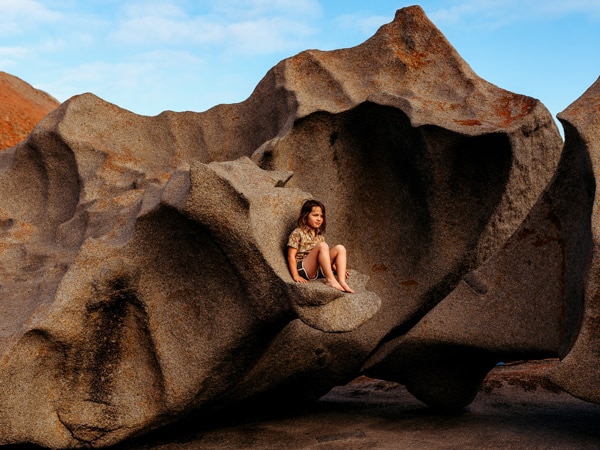
Remarkable Rocks are around 500 million years old. (Image: Kristy Billing @gypsyandherwild)
There have been more than 80 shipwrecks off KI since records began in 1847. The last of its three lighthouses (Cape Borda, Cape du Couedic and Cape Willoughby) was built in 1909 but at least 19 ships have been wrecked since, the latest in 2008.
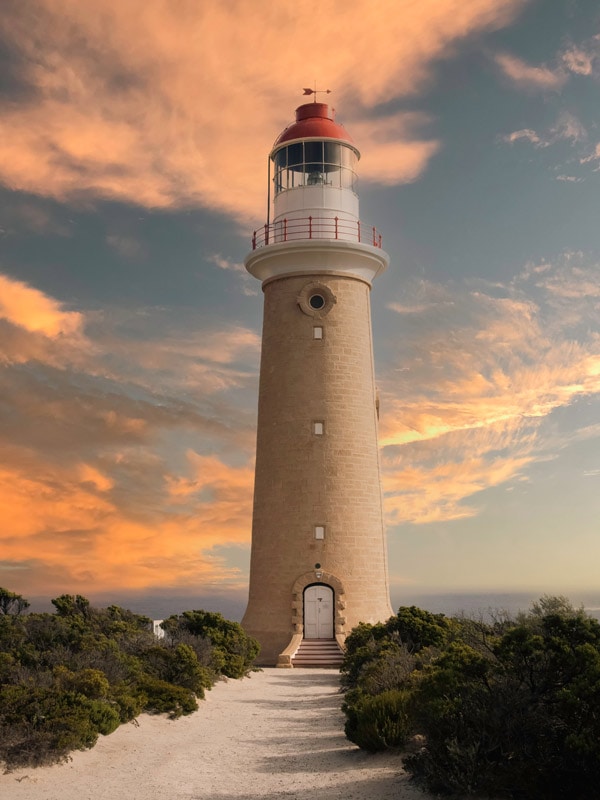
Cape du Couedic has seen a number of shipwrecks. (Image: Sana Thakore)
Tate’s grass trees, known as yaccas in SA, grow 0.5 to 2.5mm a year. Until 1997 their red resin was harvested to make a gum that is used in fireworks, explosives and munitions.
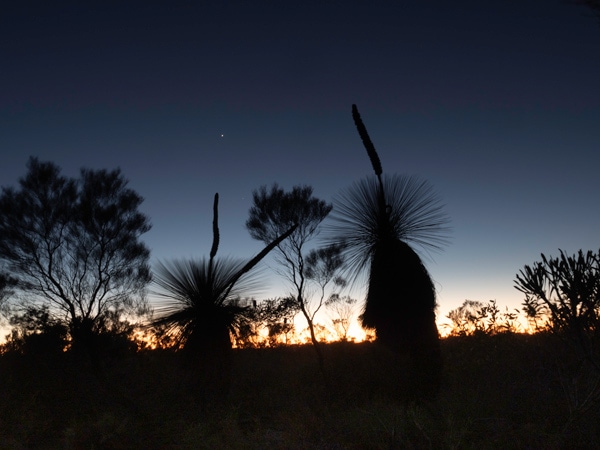
Yaccas’ red resin was harvested to make explosives.
Whether it’s because of the homegrown wineries or the restaurants with kitchens stacked with Kangaroo Island goods, trust us when we say that eating well on KI is not going to be a problem.
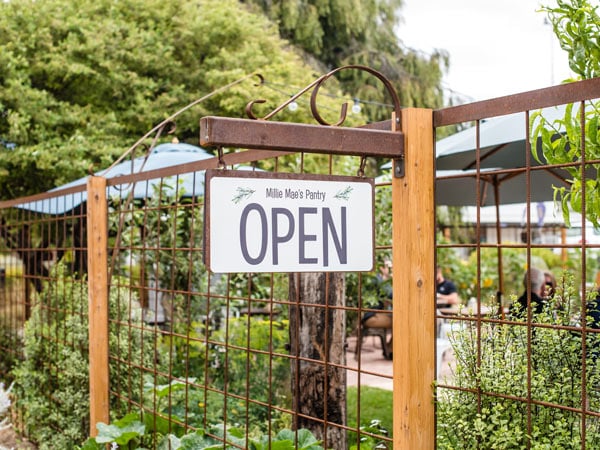
Kangaroo Island is full of fresh produce. (Image: Meaghan Coles)
What looks like stalactites at Admirals Arch are in fact fossilised roots.
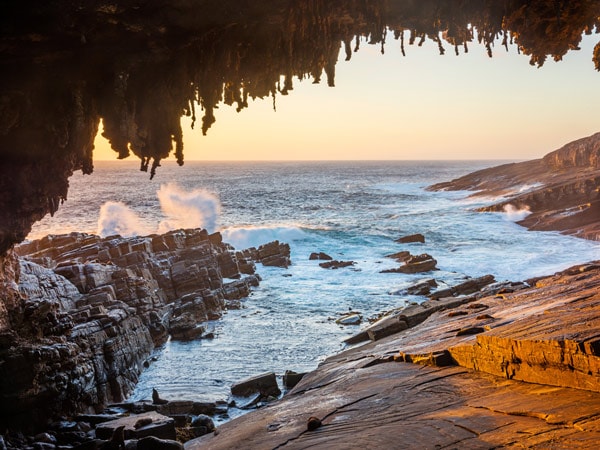
Admirals Arch stalactites are fossilised roots. (Image: Lauren Bath Services)
The third-largest seal lion colony in the country has been here for a long time, and spotting the Australian sea lions is one of the best things to do on the island.
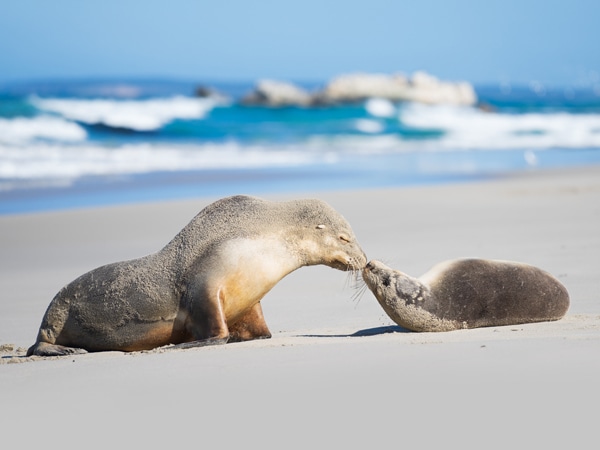
Seal Bay is a must-see. (Image: Ben Goode)
The Ligurian bees on KI are the world’s last pure population. KI was the world’s first bee sanctuary, established in 1885.
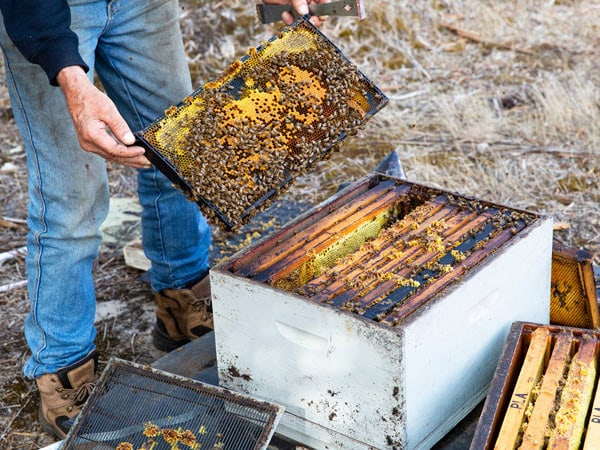
KI bees are the world’s last pure population. (Image: Josie Withers)
If you’ve ever fantasised about waking up at dawn to watch the sunrise over a picture-perfect Australian beach, you really can’t do better than at one of Kangaroo Island’s campsites.
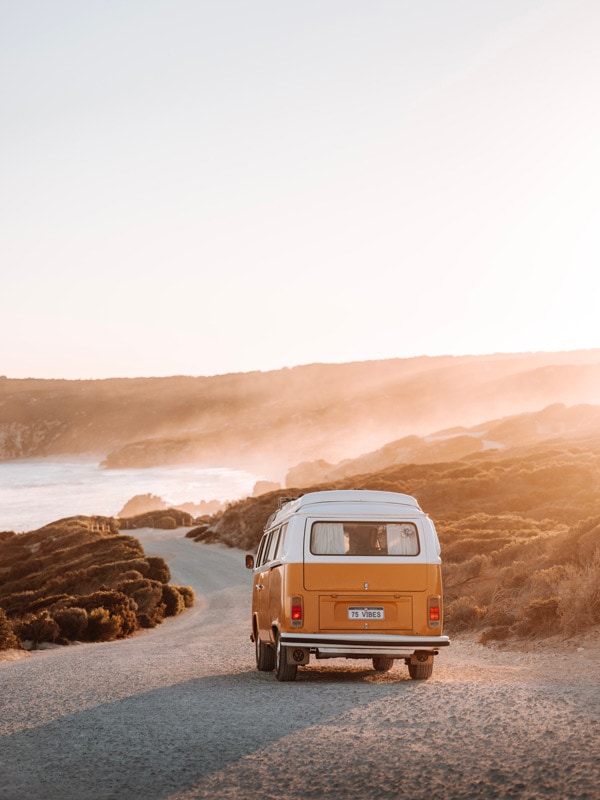
Camping out on Kangaroo Island is dreamy. (Image: Jordan McArthur Mattea Carson)
KI could also be known as I’Île Decrès, as French explorer Boudin published the first map of the island in 1811 – three years before Flinders. For the mainland Indigenous residents, Kangaroo Island is known as Karta Pintingga – or island of the dead.
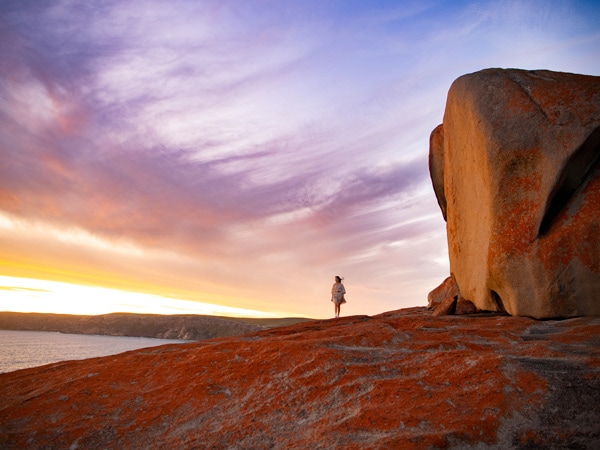
I’Île Decrès is Kangaroo Island’s French name. (Image: Tourism Australia)
American River is on a bay, not a river. And quite clearly, not American.
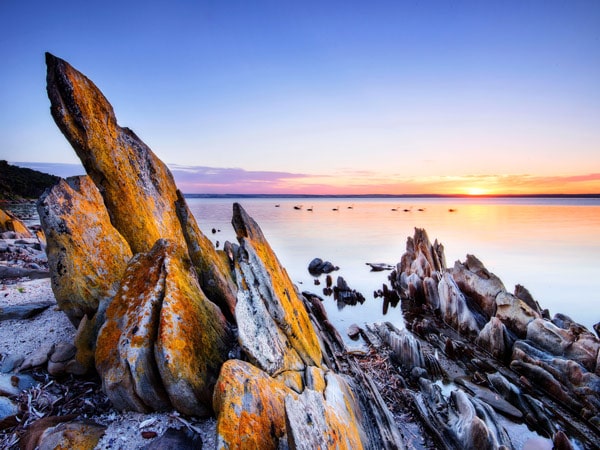
American River is not a river. (Image: Julie Fletcher)
thanks this information will help me for my project.
Kangaroo Island is the 3rd least populated island on earth after Greenland and the Falkland Islands, with less than one person per sq km. It’s natural beauty is truly unique, a place where the unusual is breathtaking and memorable. The clear sky at night will make you feel closer to the universe. Pelican’s will walk up to you on the beaches, looking for a feed, but your ideal opportunity for a photo session begins. An early morning walk on the towns outskirts will have you face to face with kangaroos feeding on road and track verges. If you have the ability to take a boat tour, be amazed at the crystal clear waters with the bonus of dolphin’s and seal’s wanting to ‘guide’ your boat. At the end of your stay, be prepared to seriously consider Kangaroo Island as your next place of residence, as many before you have.
I would like to know if this fact is really true; KI should be known as I’Île Decrès, as French explorer Boudin published the first map of the island in 1811 – three years before Flinders. I have been researching it and have only found that Mathew Flinders discovered KI just before the french captain, after that a american captain Pemberton found KI and named american river.
Would love to go there
I have just been on Australian Geographic tour, Behind the Scenes on KI , with Exceptional Kangaroo Island Tours. It was excellent. Beautiful place to spend time.
Nicely done Kate!